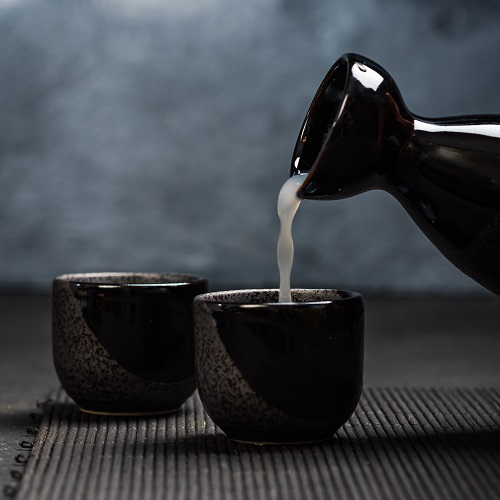
How did Sake originate?
Sake, known as a traditional Japanese alcoholic drink, has a rich and ancient history. This drink, obtained by fermenting rice, occupies an important place in Japanese culture and rituals. The history of sake goes back more than two millennia. The first mentions of rice wine in Japan date back to the 3rd century AD. However, there are suggestions that sake began to be produced much earlier. Some researchers believe that sake production technology was brought to Japan from China at the beginning of our era.
The sake production process included several stages, starting with chewing rice to convert starch into sugar, which was then fermented. Later, this process was improved and chewing was replaced by the use of Aspergillus oryzae mold, which significantly improved the quality and taste of the drink.
Popularity of Sake
Sake gained popularity in Japan for several reasons:
- Culture and religion – Sake played an important role in religious rites and ceremonies. It was used in Shinto rituals as an offering to the gods, which contributed to the spread of the drink throughout the country.
- Social customs – Sake became an integral part of Japanese holidays and family celebrations. It was consumed during weddings, New Year’s celebrations and other significant events, which contributed to its popularity among various strata of society.
- Economic development – With the development of agriculture and improved rice growing technologies, sake production became more efficient and affordable. This allowed for an increase in production and distribution of the drink throughout Japan.

Myths about sake
Sake is surrounded by many myths and legends that add to its mystery and special meaning. One of the most famous myths is associated with the divine origin of the drink.
The Myth of Sake’s Origin:
According to an ancient Japanese myth, sake was created by the sun goddess Amaterasu. The legend says that Amaterasu gave sake to people as a sign of her blessing and protection. This myth emphasizes the sacred meaning of the drink and its connection with the gods.
Another myth tells of how sake was used to pacify spirits and prevent natural disasters. In ancient times, the Japanese believed that sake could calm angry spirits and protect crops from bad weather and disease.
The history of sake’s origin is rich and multifaceted, spanning thousands of years of Japanese culture and technology. Due to its important role in religious rites, social customs, and economic development, sake has gained immense popularity and has become a symbol of Japanese heritage. The myths and legends surrounding this drink add a special charm and mystery to it, making it an integral part of Japanese culture and history.
Sake continues to be an important part of Japanese life today, attracting the attention of lovers of unique alcoholic beverages from all over the world.
